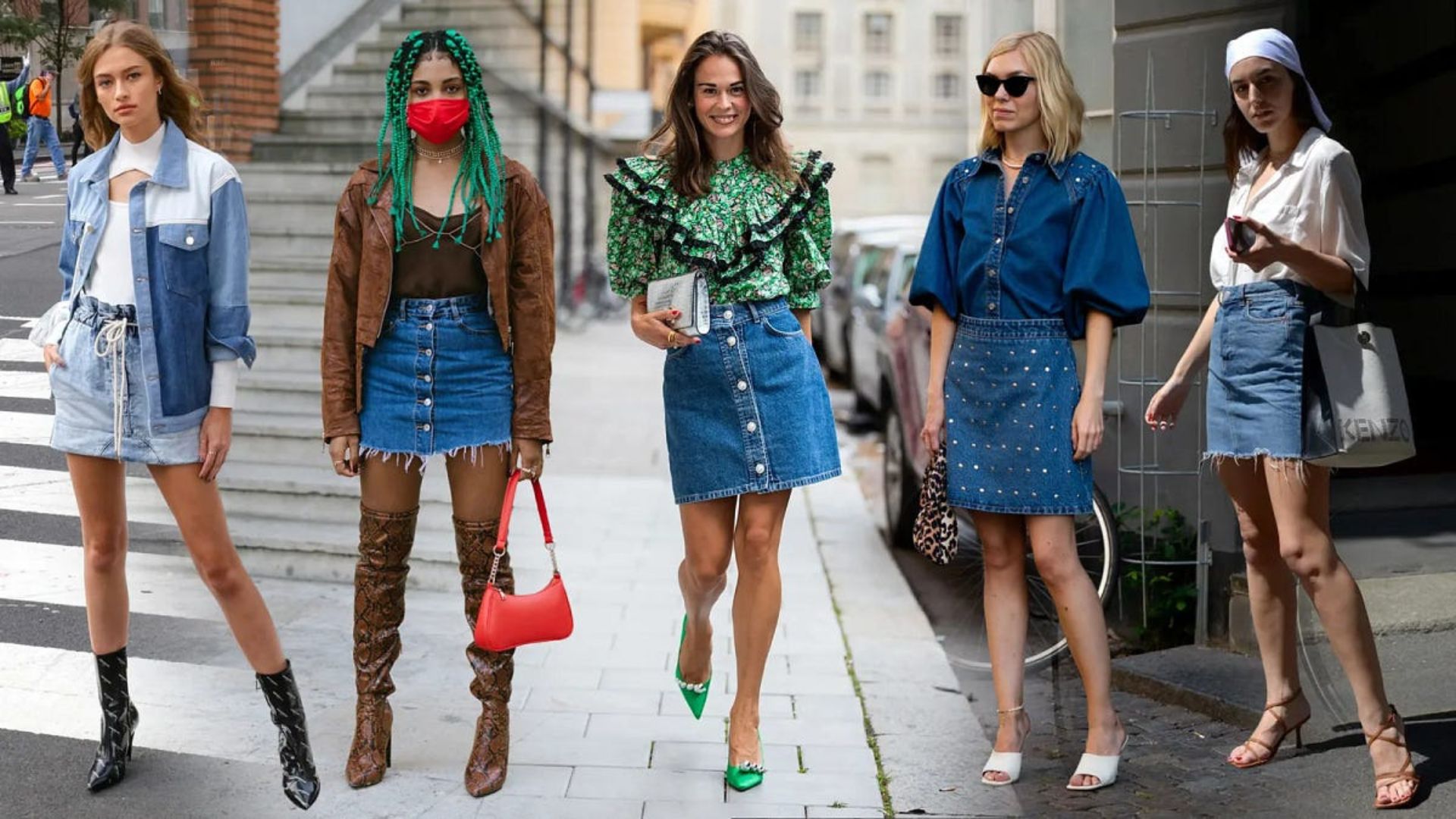
|
Getting your Trinity Audio player ready...
|
Fashion history is a rich tapestry woven with threads of creativity, innovation, and cultural evolution. From ancient civilizations to contemporary runways, the story of fashion unfolds like a vibrant mosaic, reflecting the diverse influences, societal shifts, and artistic expressions that have shaped the way we dress throughout the ages. Join us on a journey through the annals of time as we unravel the fascinating history of fashion, exploring its origins, milestones, and enduring legacies that continue to inspire and influence the world of style today.

Ancient Civilizations
The history of fashion traces back to the dawn of civilization. Additionally, where clothing served not only as a practical necessity but also as a symbol of status, identity, and cultural heritage. In ancient Egypt, sumptuous textiles, intricate jewellery, and elaborate headdresses adorned the elite, while in Mesopotamia, draped garments and ornate accessories reflected the opulence of the royal court. Across the ancient world, from Greece and Rome to China and India, clothing styles evolved in response to climate, geography, and social customs, laying the groundwork for the diverse array of fashion traditions that would emerge in later centuries.
Medieval Europe
The medieval period marked a tumultuous yet transformative era in the history of fashion. Moreover, it is characterized by feudalism, religious fervour, and the rise of chivalry. In Europe, sumptuary laws regulated clothing to signify social status, with elaborate garments, rich fabrics, and intricate embroidery reserved for the nobility. The influence of the Crusades, trade routes, and cultural exchanges brought exotic textiles, spices, and luxury goods from distant lands, enriching the tapestry of medieval fashion with vibrant colours, patterns, and silhouettes.
The Renaissance
The Renaissance era witnessed a revival of arts, culture, and intellectual inquiry, ushering in a new era of innovation and creativity in fashion. In Italy, the birthplace of the Renaissance, sumptuous fabrics, lavish embellishments, and opulent garments became symbols of wealth, power, and refinement. The emergence of humanism and the revival of classical ideals inspired new forms of self-expression, as artists, scholars, and patrons sought to emulate the grace and elegance of ancient civilizations through fashion and design.
The Enlightenment
The Enlightenment era brought about a shift in social attitudes, political ideologies, and aesthetic sensibilities, ushering in an era of rationalism, individualism, and secularism. In France, the epicentre of Enlightenment thought, fashion became a powerful tool for self-expression and social critique. Additionally, as intellectuals and philosophers challenged traditional hierarchies and embraced new ideas of liberty, equality, and fraternity. The rise of fashion magazines, salons, and luxury boutiques democratized access to style, as the burgeoning bourgeoisie sought to emulate the elegance and refinement of the aristocracy.
The Industrial Revolution
The Industrial Revolution transformed the fashion industry, ushering in an era of mass production, mechanization, and globalization. Advances in technology, such as the spinning jenny and power loom, revolutionized textile production. Additionally, this makes fabrics more affordable and accessible to a wider audience. The rise of department stores, mail-order catalogs, and ready-to-wear clothing further democratized fashion, as consumers embraced new styles, trends, and fashion ideals promoted by media and advertising.
Fashion in the Modern Age
The 20th century witnessed unprecedented changes in fashion. Additionally, this is a result of rapid urbanization, globalization, and cultural exchange reshaped the way we dress and perceive style. From the iconic flapper dresses of the Roaring Twenties to the minimalist chic of the Swinging Sixties, each decade brought its distinctive trends. Furthermore, it bought movements, and fashion icons that captured the spirit of the times. The emergence of haute couture houses, fashion designers, and fashion weeks transformed fashion into a global industry. While social movements, such as feminism and LGBTQ+ rights, challenged conventional notions of beauty, gender, and identity.
The Digital Age
In the digital age, technology has revolutionized the way we consume, create, and engage with fashion. Social media platforms, online shopping, and digital fashion shows have democratized access to style. Furthermore, they allow consumers to discover new trends, connect with brands, and express themselves through clothing like never before. Sustainability, ethical fashion, and inclusivity have become central concerns for consumers and industry professionals alike, as awareness grows about the environmental and social impact of fast fashion.
Conclusion
In conclusion, the history of fashion is a testament to the enduring power of creativity, innovation, and cultural exchange. From ancient civilizations to modern runways, fashion has served as a mirror of society, reflecting its values, aspirations, and complexities. By understanding the rich tapestry of fashion history, we gain insight into the forces that have shaped the way we dress and perceive style. While also appreciating the timeless beauty and artistry of fashion as a form of self-expression and cultural heritage.
You might also be interested in the following:
- Fashion Designs Exploration
- Fashion Exploration: 5 Spots for New Brands and Trends
- Fashion and Beauty Trends for Every Style Icon
